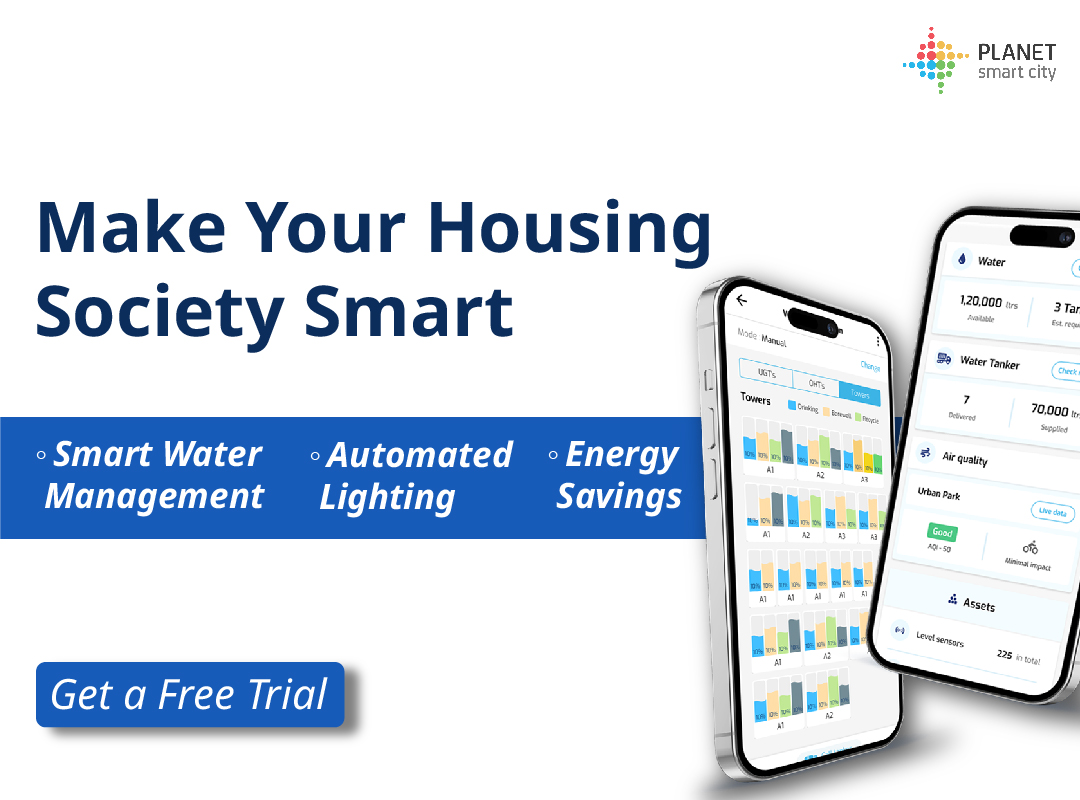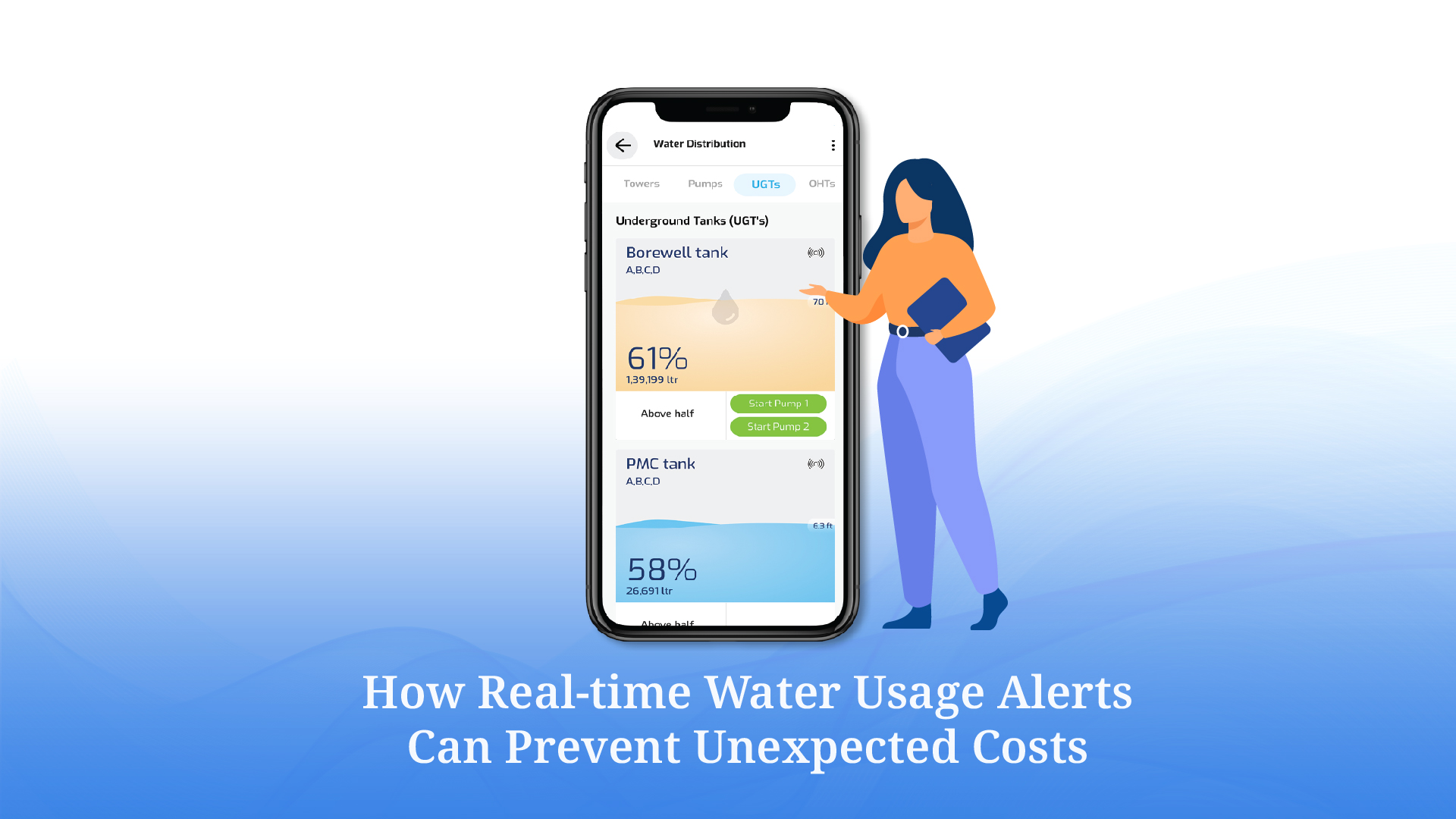Traffic hierarchy
To create traffic hierarchy, road lanes should be designed to divide vehicles according to the destination of the traveller. In our greenfield projects built from the ground up, we have set up the road hierarchy to limit the number of car routes that end in residential areas. Intelligent planning that follows this logic is important because it differentiates between those who travel within the neighbourhood and those who are travelling long distances.


Pedestrian and bicycle networks
Walking and cycling must be feasible and safe alternative modes of transport for short and medium distance journeys, and cities need to integrate pedestrian and cycle paths into their urban road systems. At present, many urban areas around the world lack spaces that are reserved for only pedestrians – with cars and motorcycles often parked on pavements, and dangerous pedestrian crossings having no traffic lights and poor visibility. Safe, traffic-protected and integrated road systems, on the other hand, help promote residents’ safety and well-being.
Functional mix design
Another key element to consider when designing urban mobility systems is a balance in the distribution of housing, services, business and production activities across the urban area. What would happen during peak hours, for example, if activities and workplaces are concentrated exclusively in certain areas of the city?
In all of Planet’s greenfield real estate projects, our multidisciplinary teams develop a functional mix design, focusing on the potential concentration of traffic in specific directions or during certain time slots – in order to reduce traffic jams and cut pollution. Shops, services and work are available close to home, making neighbourhoods more safe, pleasant and liveable while saving residents a considerable amount of time and money spent reaching basic services.
Mobility on Demand
Thanks to recent developments in urban mobility, it is no longer necessary for households to have different means of transport of their own. Rather, people can easily share their transportation method with others who have the same needs.
The innovative concept of Mobility on Demand (MoD) is shaping the future of urban mobility, allowing citizens to access mobility, goods, and services in real-time, making their journeys more efficient using technology. Sharing mobility services are an intelligent way to drastically reduce traffic and pollution organically.
MoD platforms allow people who need transport to ‘meet’ drivers available nearby on the reference platform, simply by sending a request and sharing their geolocation. As well as being an economic solution, such solutions can facilitate travel between transit stations and homes or workplaces, encouraging citizens not to use their private car for daily trips.
Micro-mobility with zero emissions
To reduce the circulation of cars and harmful emissions into the atmosphere at the local level, urban micro-mobility solutions are gaining increasing popularity in today’s cities. Scooters, electric bicycles, hoverboards and segways are already part of the daily scene in big cities such as Milan, New York and São Paulo, representing a simple zero-emission alternative for short journeys.
To regulate and guarantee a good micro-mobility service, the network of European cities and regions for the development of innovative technologies and policies for local transport, POLIS, considers the improvement of the urban infrastructure system as one of the topics of interest for citizens. Traffic reduction in specific areas, and routes and parking spaces reserved for micro-mobility are two possible measures.
Free shared Wi-Fi network
In order for MoD solutions such as car-sharing and bike-sharing to be exploited for everyday travel, there must be widespread internet connectivity so residents can get the information they need in every neighbourhood of the city. In all of our projects, we provide free Wi-Fi in areas that are shared by citizens.
These solutions are strengthened by many others, such as smart parking, which significantly limits the time and fuel wasted searching for a parking space.
Other smart solutions which optimise public services include intelligent bus shelters that display the route and provide the real-time location of buses in circulation, waiting times and possible connections with other services – for example, car or bike-sharing. Access to services like these will play an increasingly important role in where people choose to live.





